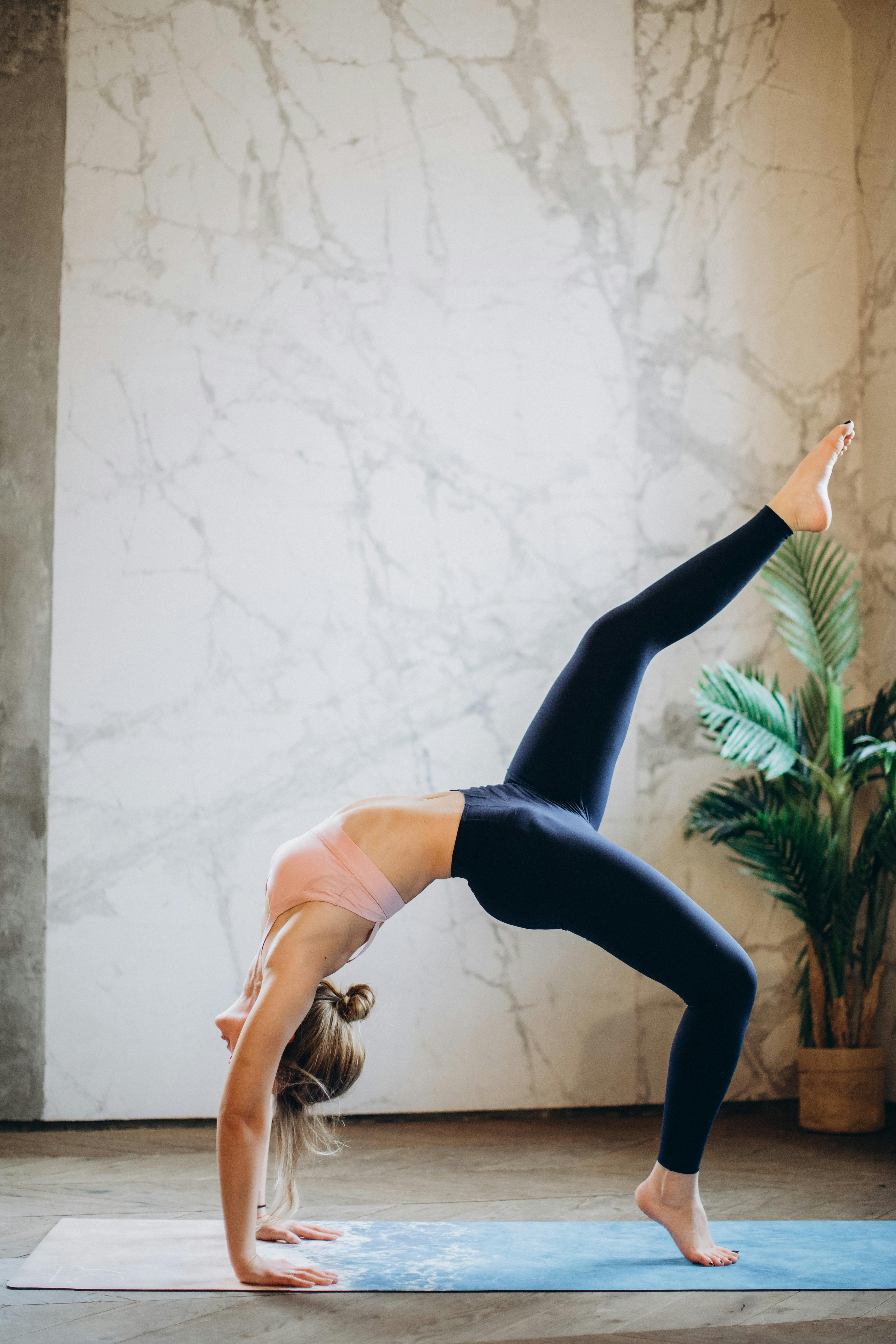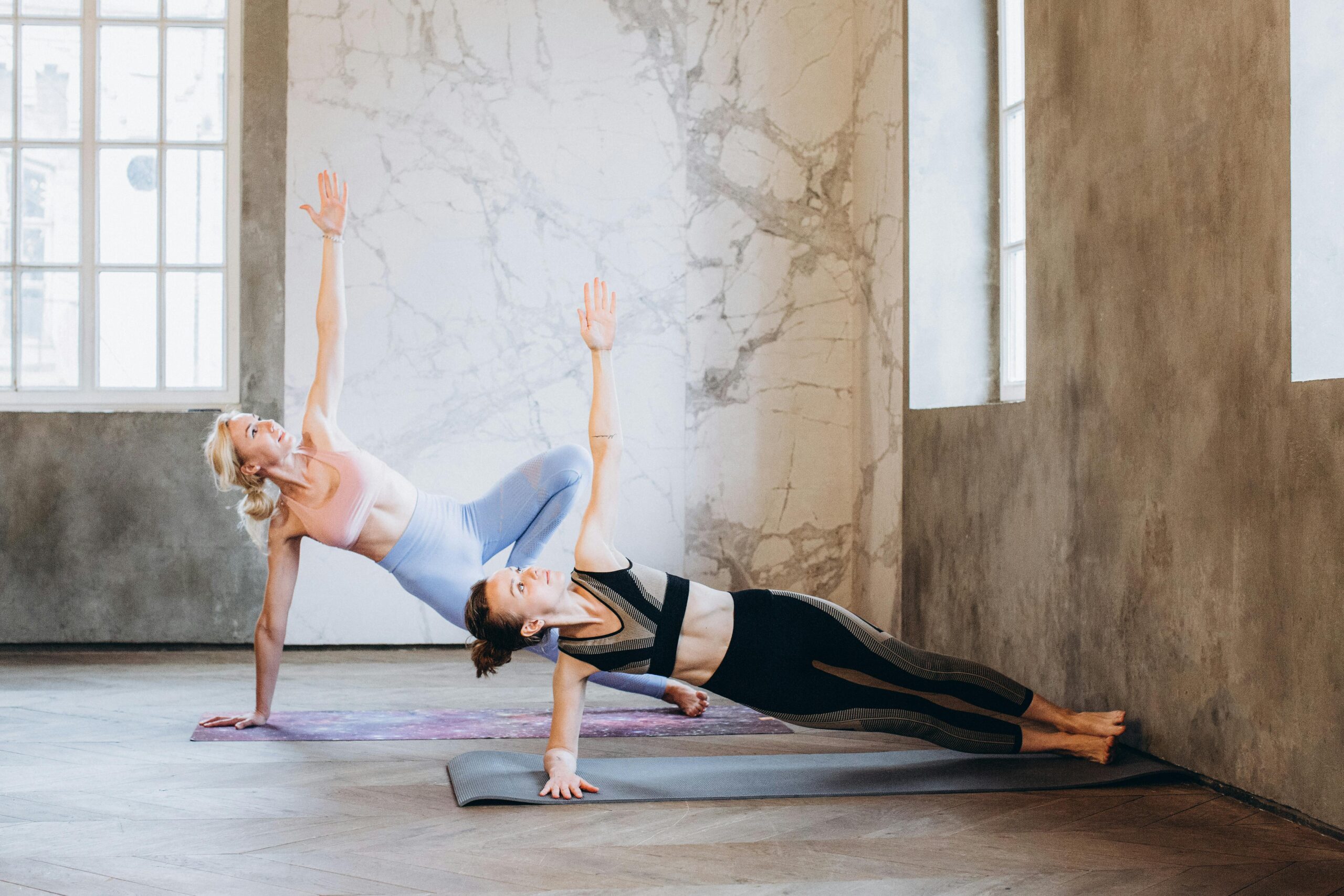Effective Ways to Enhance Your Underbody Training Plan in 2025 – Discover Proven Techniques!
As we step into 2025, it’s essential to refine your underbody training plan to achieve optimal results. The focus on strengthening the legs, glutes, and overall lower body stability is paramount for both aesthetics and functional fitness. This article explores effective techniques that will not only enhance your current Trainingsplan Unterkörper but also provide insights into the best practices for Unterkörpertraining. With a comprehensive approach to Gutes Beintraining, you’ll be empowered to elevate your training, achieve your fitness goals, and ensure long-term leg health.
We’ll cover various aspects of Effektives Beintraining, including the fundamentals of exercises like Kniebeugen and Beinpresse, advanced techniques, common mistakes to avoid, and how to create a balanced fitness plan that incorporates muscular strength and endurance. Additionally, we will discuss the importance of Wadenheben, Ausfallschritte, Beinstrecker, and Beinbeuger exercises that are crucial for overall leg development.

Key Components of an Effective Underbody Training Plan
Building a solid foundation in your underbody training plan requires an understanding of its key components. By focusing on fundamentals such as muscular hypertrophy, strength, and endurance, you can create a comprehensive plan that meets your fitness goals.
Understanding Muscle Groups and Their Functions
Before diving into workouts, it’s crucial to recognize the primary muscle groups involved in Unterkörpertraining. These include the quadriceps, hamstrings, calves, glutes, and adductors. Each group plays a vital role in overall lower body strength, supporting movements like walking, running, and jumping.
For effective training, you must target these muscles through various exercises. For instance, Kniebeugen primarily engage the quadriceps and glutes, while Beinbeuger focus on hamstrings. Understanding how these muscles work together ensures a balanced approach to training, reducing the risk of injury and enhancing performance.
Setting SMART Fitness Goals
Establishing achievable fitness goals based on the SMART criteria (Specific, Measurable, Achievable, Relevant, Time-bound) is key to success. If your aim is to increase your squat weight by 10% within four weeks, that’s a goal you can measure and adjust accordingly.
Consider incorporating variability in your Trainingsplan Unterkörper, such as changing the number of sets and repetitions each week. This keeps your body challenged and maximizes muscle growth and endurance.
Incorporating Flexibility and Mobility
Alongside strength training, incorporating Beweglichkeitstraining Beine is vital. Stretching and mobility exercises prevent injuries and enhance performance. Focusing on flexibility increases range of motion, which can improve the effectiveness of your workouts.
Consider dedicating time post-workout to Stretching Unterkörper routines, including hamstring stretches and hip openers. These will help maintain muscle elongation and prevent tightness that could lead to injuries.
Proven Exercises to Boost Your Underbody Training
With a solid understanding of the fundamentals, it’s time to dive into proven exercises that form the backbone of an effective underbody training routine. Here are some essential moves that should be included in your plan.
Squats: The King of Underbody Exercises
Kniebeugen, or squats, are arguably the most fundamental exercise for building lower body strength. They engage several muscle groups simultaneously, making them efficient for muscle building and functional strength.
To perform a basic squat, stand with your feet shoulder-width apart. Lower your body by bending your knees and pushing your hips back as if sitting into a chair. Make sure to keep your chest up and your back straight. Aim for 3-4 sets of 8-12 repetitions for optimal results.
Always prioritize proper form to prevent injuries. Engaging a personal trainer for technique adjustments can be beneficial.
Leg Press: Targeting Specific Muscle Groups
The Beinpresse is a fantastic machine exercise that allows for targeted tension on the quadriceps, hamstrings, and glutes without the risk of balancing issues that can happen with free weights. Position yourself in the machine, ensuring your back is firmly pressed against the pad. Push the platform away, focusing on squeezing your leg muscles as you do so.
For those aiming for strength, aim for heavier weights with fewer repetitions. A typical regimen involves performing 3 sets of 10-15 reps, adjusting weight based on your comfort level.
Lunges: Enhancing Balance and Coordination
Ausfallschritte, or lunges, improve your coordination and balance while building strength in the legs. They can be performed in various directions—forward, backward, and laterally—to target different muscle groups. Start with forward lunges by stepping forward and lowering your body until both knees are at approximately 90 degrees. Return to standing, and repeat on each leg for 3 sets of 10-15 reps.
Lunges also help improve core stability as they require balance during the movement.

Advanced Techniques for Effective Underbody Training
As you progress in your training, consider integrating advanced techniques that can challenge your muscles in new ways. These methods can help you break through plateaus and achieve even greater results.
High-Intensity Interval Training (HIIT) for Legs
Incorporating HIIT Beintraining into your regimen can drastically improve strength and endurance while burning calories effectively. Alternate short bursts of intense exercise (like squats or lunges) with rest periods. For example, perform 30 seconds of maximum effort squats followed by 30 seconds of rest. Repeat for 20-30 minutes for an intense workout.
This method not only builds strength but also enhances cardiovascular fitness, making it a dual-purpose training approach.
Resistance Bands for Extra Challenge
Using resistance bands can add an additional layer of complexity to your workouts. Incorporate them during Wadenheben and Beinstrecker to engage your muscles more thoroughly. Resistance bands provide constant tension, enhancing muscle growth and endurance.
Perform exercises like lateral band walks and band extensions for targeted strength-building moments, ensuring you’re continually challenging your muscles.
Functional Movements for Sports Performance
Engaging in functional training that focuses on movement patterns required in your sport improves overall performance. Exercises such as box jumps or kettlebell swings prepare the legs for real-life sports scenarios.
Utilizing sports-specific training not only augments muscle engagement but also increases your body’s efficiency with power movements, essential for athletes.
Recovery and Nutrition for Optimal Performance
Recovery and nutrition play critical roles in an effective underbody training plan. Without proper recovery, your body may fail to respond to the stress applied during workouts, hindering muscle growth and strength gain.
The Role of Nutrition in Muscle Recovery
Ensuring your diet supports your training is crucial. Focus on protein-rich foods that aid in Muskelaufbau Unterkörper. Incorporate lean meats, dairy, and plant-based proteins to promote recovery post-workout. Carbohydrates are equally important to replenish glycogen stores after intense training sessions.
Consider adding supplements like BCAAs (Branched-Chain Amino Acids) to aid in quicker recovery and muscle repair after an intense workout.
Importance of Rest and Sleep
Rest is just as vital as the workout itself. Aim for at least 7-9 hours of quality sleep to help your body recover, repair, and grow stronger. Incorporating rest days in your fitness plan is essential to prevent overtraining and ensure you remain motivated.
Active recovery days involving low-intensity activities like walking or gentle stretching can also support recovery without putting stress on your muscles.
Listening to Your Body
Lastly, it’s essential to listen to your body. Be aware of how you feel after workouts; if soreness becomes pain, don’t ignore it. Modify your exercises as needed and consult with health professionals if necessary. This approach will ensure you stay healthy and injury-free throughout your training journey.
Common Mistakes to Avoid in Underbody Training
With all the information available, it’s easy to make common mistakes in your underbody training that could hinder progress or lead to injuries. Here are some pitfalls to watch out for and ways to avoid them.
Neglecting Warm-Up and Cool Down
Skipping warm-ups can lead to injuries during intense workouts. Always include dynamic stretches before beginning your routine to prepare your muscles and joints for exertion. Cooling down post-exercise with static stretching aids in recovery and flexibility.
Overtraining Without Recovery
Progressing too quickly can lead to injuries and setbacks. Ensure you incorporate rest days into your Fitnessplan Beine and listen to your body’s signals. Implement periods of light activity to allow your muscles time to adapt and recover.
Incorrect Form and Technique
Poor exercise form can not only limit your results but also increase your risk of injury significantly. Focus on perfecting your technique with lighter weights before progressing heavier. Seeking the guidance of a Personal Trainer Unterkörper can help correct your form during exercises.
Q&A: Your Underbody Training Questions Answered
What is the best frequency for underbody training?
For most individuals, training the lower body 2-3 times a week allows for optimal strength building while also providing enough rest for recovery. Adjust based on your fitness level and goals.
Can I train my legs at home effectively?
Absolutely! Beine zuhause trainieren is possible with bodyweight exercises such as squats, lunges, and glute bridges, or by using resistance bands or dumbbells for added resistance.
How do I prevent injuries during leg training?
To prevent injuries, prioritize proper warm-up routines, maintain correct exercise form, and progress gradually. Additionally, listen to your body and allow for sufficient recovery.
Are there specific workouts for older adults?
Yes, tailored workouts that combine strength, balance, and flexibility exercises are beneficial for older adults. Light weights, resistance bands, and bodyweight exercises can safely build strength and endurance.
What kind of nutrition supports underbody training?
A well-balanced diet rich in proteins, healthy fats, and carbohydrates is essential. Focus on whole foods like lean proteins, fruits, vegetables, and whole grains to fuel your workouts and support recovery.
By integrating these effective techniques and understanding their roles in your Unterkörpertraining, you will not only enhance your strength but also maintain the health of your legs and overall body. Incorporating proper nutrition and recovery will ensure long-lasting results from your efforts in training.
